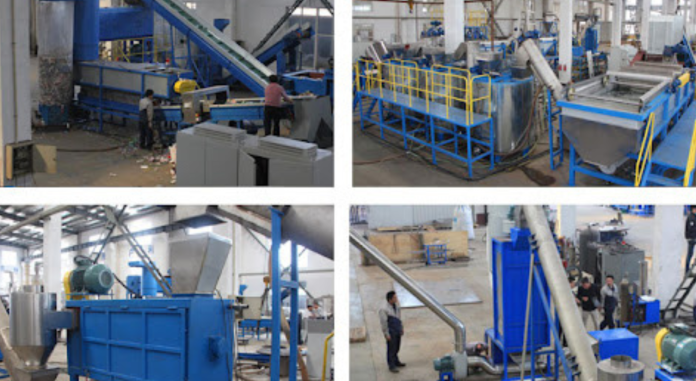Plastic granulator machines play a basic part in the reusing industry by lessening plastic squander into sensible and reusable granules. The proficiency and adequacy of these machines are generally decided by the cutting components they utilize. Diverse cutting components are planned to handle different sorts of plastic materials learn more and meet particular reusing needs. Understanding these components can help in selecting the correct granulator for particular applications, guaranteeing ideal execution and life span of the machine.
Cutting Instruments in Plastic Granulator Machines
This article investigates the distinctive cutting instruments utilized in plastic granulator machines, specifying their interesting highlights, points of interest, and perfect applications.
Fly Cut and Bed Knife
The fly cut and bed cut instrument could be a common cutting component in plastic granulators, comprising of pivoting fly blades mounted on a rotor and stationary bed blades settled to the machine’s outline. This scissor-like cutting activity cuts plastic fabric into smaller pieces, making it productive for handling difficult and gentler materials. The movable edge hole permits exact granulate measure control.
Helical Rotor
The helical rotor cutting component employments a helical design of edges around the rotor for smooth, ceaseless cutting, diminishing commotion and stun related to granulation. It’s especially compelling for preparing extreme plastics like fortified polymers and thermoset plastics. This course of action conveys cutting powers equitably, lessening wear and tear on edges and machine components, and expanding the granulator’s life expectancy.
Stunned Rotor
Stunned rotor components utilize cutting edges counterbalanced in a design around the rotor, disseminating the cutting stack more equitably and decreasing the vitality required for granulation. Perfect for dealing with bulky, sporadically formed plastic squander, they minimize blockages and guarantee steady throughput by conveying the cutting stack around the rotor, reducing vitality utilization.
Twofold Point Cut
The twofold point cut instrument could be a cutting instrument utilized in heavy-duty granulators for mechanical applications. It employments edges calculated in two headings, making a V-shaped cutting edge. This forceful cutting activity is perfect for preparing thick-walled and strong plastic parts. It can handle tall affect loads and is reasonable for granulating intense materials like HDPE and ABS.
Extraneous Cutting
Digressive cutting instruments position the rotor at a digression to the cutting chamber, permitting the plastic fabric to be bolstered specifically into the cutting zone without pre-shredding. This plan minimizes the hazard of fabric bouncing back and upgrades the nourishing proficiency, making it perfect for handling expansive and bulky plastic things. Extraneous cutting granulators are regularly utilized in applications where persistent nourishing and high throughput are required, such as in reusing plants managed with post-consumer plastic squander.
Scissor Cut
The scissor-cut instrument may be a cutting strategy that employments edges in a scissor-like action, creating uniform granulate sizes for thin-walled and adaptable plastics like movies and sheets. It is commonly utilized within the bundling industry for reusing plastic movies, sacks, and wraps, because it decreases the tidy and fine era, guaranteeing high-quality conclusion items.
V-Cut Rotor
V-cut rotor instruments highlight edges organized in a V-shaped configuration. This plan coordinates the plastic fabric towards the center of the rotor, guaranteeing a more controlled and effective cutting handle. V-cut rotors are viable for granulating a wide run of plastics, counting injection-molded parts, expelled profiles, and blow-molded things. The V-cut course of action minimizes the chance of fabric slippage and upgrades the granulator’s overall productivity.
Conclusion
Selecting the suitable cutting component for a plastic granulator machine is significant for optimizing its execution and guaranteeing the required quality of the granulation. Each cutting instrument has its interesting focal points and is suited to particular sorts of plastic materials and applications. Whether managing with extreme and fibrous plastics, bulky items, or lean movies, there’s a cutting component planned to meet the challenge. Understanding these components makes a difference in making educated choices when acquiring or working with a plastic granulator, eventually contributing to more effective and viable reusing forms.










